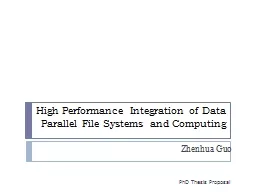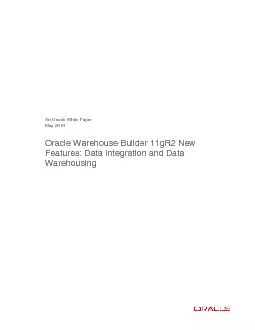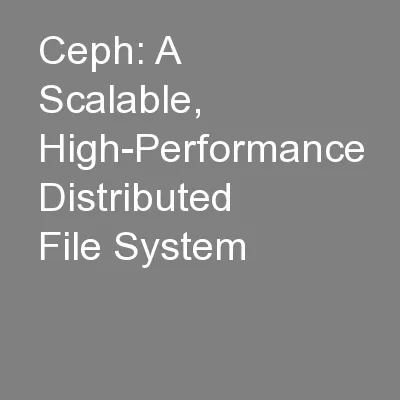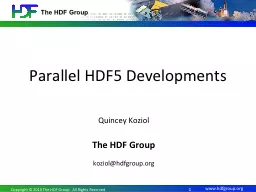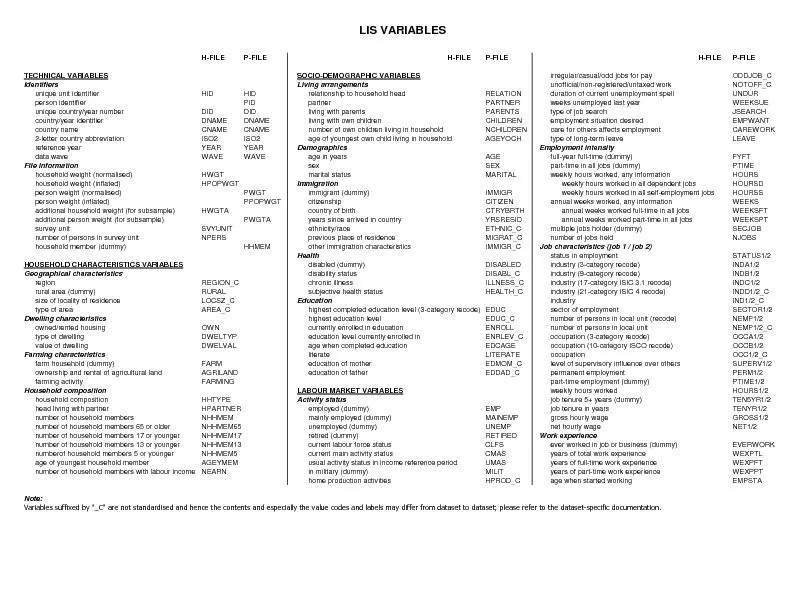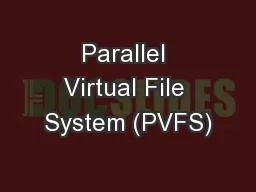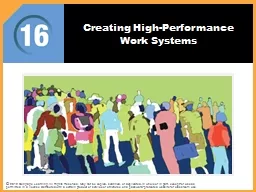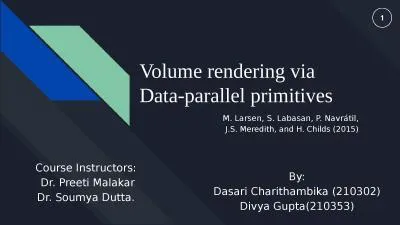PPT-High Performance Integration of Data Parallel File Systems
Author : briana-ranney | Published Date : 2016-06-25
Zhenhua Guo PhD Thesis Proposal Outline Introduction and Motivation Literature Survey Research Issues and Our Approaches Contributions 2 Traditional HPC Architecture
Presentation Embed Code
Download Presentation
Download Presentation The PPT/PDF document "High Performance Integration of Data Par..." is the property of its rightful owner. Permission is granted to download and print the materials on this website for personal, non-commercial use only, and to display it on your personal computer provided you do not modify the materials and that you retain all copyright notices contained in the materials. By downloading content from our website, you accept the terms of this agreement.
High Performance Integration of Data Parallel File Systems: Transcript
Download Rules Of Document
"High Performance Integration of Data Parallel File Systems"The content belongs to its owner. You may download and print it for personal use, without modification, and keep all copyright notices. By downloading, you agree to these terms.
Related Documents

